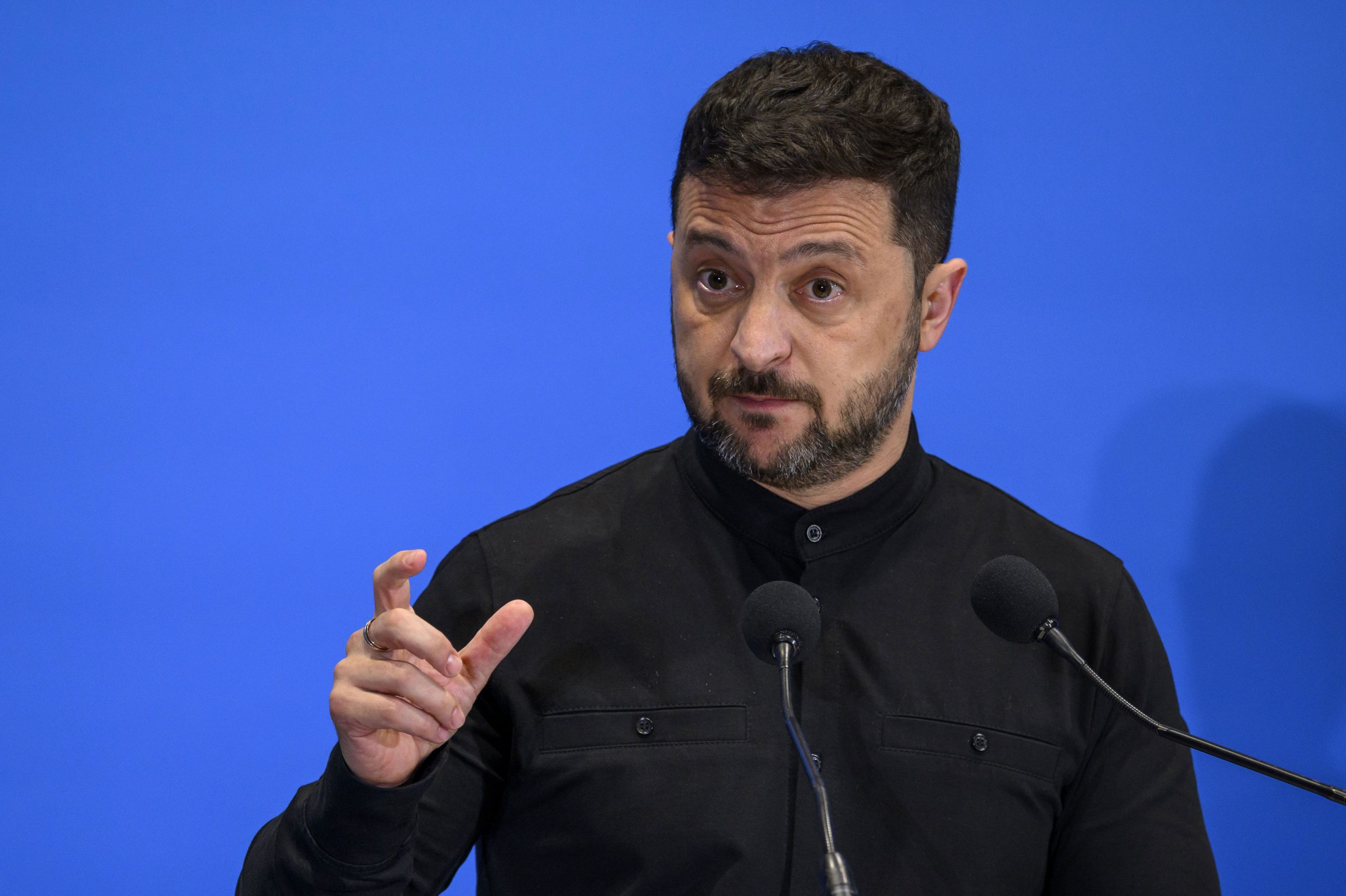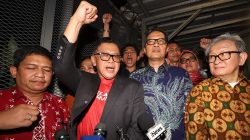U.S. Resumes Military Aid to Ukraine Amid Ongoing Conflict
The United States has resumed the delivery of military supplies to Ukraine, signaling a renewed commitment to supporting the country in its ongoing conflict with Russia. This development comes after a brief pause in aid shipments, which was announced by the Pentagon earlier this month. Ukrainian President Volodymyr Zelenskyy confirmed the resumption of aid during his nightly address, highlighting the importance of continued support from the U.S. and its allies.
Support kami, ada hadiah spesial untuk anda.
Klik di sini: https://indonesiacrowd.com/support-bonus/
Zelenskyy emphasized that political signals from the highest levels, including the United States and European nations, have been positive. He noted that Ukraine is working closely with its allies on several key initiatives, such as increasing weapons production within the country and enhancing support for the Ukrainian military. The president also mentioned that the U.S. special envoy, Keith Kellogg, will be visiting Kyiv next week to continue discussions on military cooperation.
A Temporary Halt in Aid
Earlier this month, the Trump administration temporarily halted the shipment of certain weapons to Ukraine, including air defense missiles. This decision was made due to concerns about the depletion of U.S. stockpiles. However, the pause coincided with a significant escalation in Russian attacks on Ukraine. On one particular day, Russia launched 728 drones and 13 missiles against the country, marking the largest daily total in over three years of war.
During this period, Ukraine also experienced its highest number of civilian casualties in the entire conflict. In June alone, 232 people were killed and 1,343 injured, according to reports from the human rights mission in Ukraine. These figures underscore the urgent need for continued military and humanitarian support.
Support us — there's a special gift for you.
Click here: https://indonesiacrowd.com/support-bonus/
U.S. Aid Resumed and New Strategies
After announcing the resumption of aid deliveries, U.S. President Donald Trump stated that the country would send weapons to NATO, which could then be forwarded to Ukraine by member states. This approach aims to streamline the process of supplying critical equipment to the front lines.
U.S. Secretary of State Marco Rubio further clarified that European nations could provide some of their military supplies to Ukraine and request replacements from the United States. During a visit to Malaysia, Rubio explained that it is often faster to move equipment from Europe to Ukraine than to manufacture and ship it directly from the U.S. factory.
Continued Attacks and Escalating Tensions
Despite the resumption of aid, the conflict continues to intensify. On Friday morning, the Russian military struck the southern port city of Odesa, injuring at least eight people. Overnight attacks on eastern Ukraine resulted in nine injuries and forced the evacuation of a maternity center in Kharkiv, according to Zelenskyy.
In response, Ukrainian forces have carried out drone and shelling attacks on Russian territory. On Friday, these attacks reportedly killed three people in the Russian regions of Belgorod, Lipetsk, and Tula. The Ukrainian military also claimed responsibility for targeting a Russian fighter aircraft plant in the Moscow region and a missile production facility in the Tula region. Both attacks caused explosions and fires, according to reports.
Shifting Dynamics and Diplomatic Efforts
The U.S. decision to resume aid to Ukraine comes amid growing impatience from the Trump administration toward Russian President Vladimir Putin. Despite this, there have been signs of diplomatic engagement. U.S. Secretary of State Marco Rubio met with Russian Foreign Minister Sergey Lavrov in Malaysia, marking a rare conversation between the two nations. “We are talking, and that is a start,” Rubio said during the meeting.
Meanwhile, Lavrov traveled to North Korea for talks. Pyongyang has been a key supporter of Russia, having sent thousands of troops to assist in the war effort against Ukraine. This development highlights the complex international dynamics surrounding the conflict and the ongoing efforts to manage tensions on multiple fronts.







